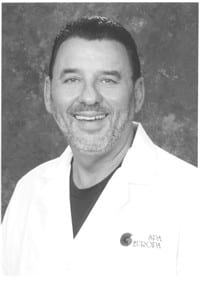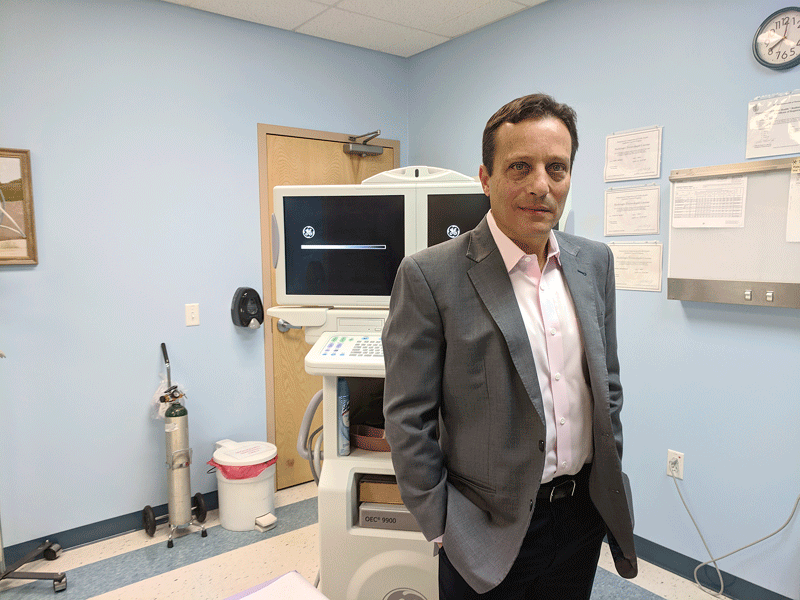New Device at Noble Hospital Improves Treatment of Breast Cancer
WESTFIELD — Noble Hospital has introduced a new device that improves the treatment of breast cancer. The BioZorb Tissue Marker helps physicians deliver more precise radiation treatment and keep track of the site after lumpectomy surgery to remove cancer. The three-dimensional marker provides a clear ‘target’ for radiation treatment that often follows breast-cancer surgery.
BioZorb contains several tiny titanium clips positioned in a precise, three-dimensional array. While surgeons have often used single clips as markers in the past, this new device reduces the problems associated with individual clips, because it keeps the clips arranged in a 3D pattern, thanks to bio-absorbable material that holds the clips in place and is eventually absorbed by the body.
“This unique device does a better job of helping us protect healthy tissue around the surgical site during radiation therapy,” said Dr. Steven Schonholz, breast surgeon and director of the Center for Comprehensive Breast Health at Noble Hospital. “It can also provide our patients with a more satisfying cosmetic result after treatment.”
Radiation therapy is often prescribed after lumpectomy surgery to keep breast cancer from coming back. Before treatments begin, the area to be treated must be identified so that the radiation can be targeted as closely as possible to where the cancer was. “Using traditional surgical clips often makes this goal hard to reach,” Schonholz said, “because individual clips can move from their original position, and they don’t show the target area very clearly.”
To compensate, radiation treatments in the past were usually planned with plenty of margin for error to make sure that the cancerous area was treated with radiation. But that puts healthy tissue at risk because the radiation can expose areas outside the cancer site. Excess radiation can also affect the cosmetic appearance of the breast for years afterward.
A new surgical trend called oncoplastic surgery has been developed to improve cosmetic outcomes of breast-cancer treatment. In cases where oncoplastic surgery is appropriate, BioZorb can minimize any potential problems with dimpling or deformities that can occur after breast surgery without the device. “Along with the more precise targeting, this explains the good cosmetic results that have been seen with BioZorb,” Schonholz said.
Another advantage is that the device can be clearly seen in three dimensions for months after surgery. This is important because radiation therapy may not begin until some time after surgery, once a round of chemotherapy is completed.
“We have the ability today to deliver radiation with excellent precision, especially when we can clearly see where to point the treatment,” Schonholz said. “Because the new three-dimensional BioZorb gives us that ability, it’s an exciting and important advance in breast-cancer treatment.”
To reach the Center for Comprehensive Breast Health at Noble Hospital, call (413) 572-6070 or visit noblehospital.org/ccbh.



